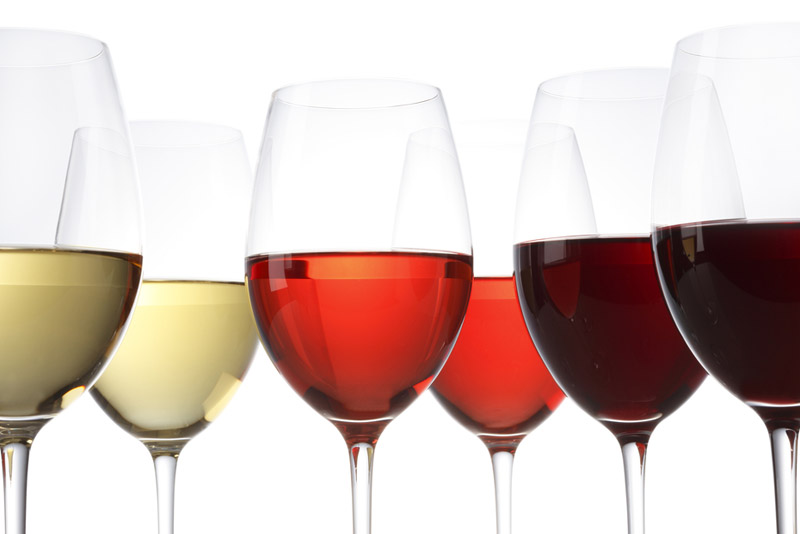
02 Aug How Exactly Do Wines Get Their Colour?
We are all well aware that wine is made from grapes; however, you probably might have wondered how wines get their colour. Some believe that red wine is made from red grapes. That is untrue, and they’re made from dark-coloured grapes. Red wine colours are generally described as crimson, ruby, or even garnet colour. The colour of white wines varies from deep gold to straw colour.
How Do Wines Get Their Colour?
- The colour of grapes is a result of skin contact. Before beginning the fermentation process, the grapes are first harvested and destemmed. During the fermentation process, the red skin of the grape basically stains the wine.
- For white wines, however, the grapes are first removed from their skin before starting the fermentation process. A pigment known as anthocyanin is responsible for the red colour, and is also found in several different fruits like cherries and blueberries.
- Other aspects like duration of time it was on the vine, the thickness of the skin, extended maceration, and length of the cold soak are a few other contributors to the colour of the wine. The thickness of the skin is probably the most critical aspect and influences the colour of the wine the most.
- While comparing both cabernet sauvignon and pinot noir, the thickness of the skin varies. While both show a magnificent red colour, the cabernet sauvignon thick skin results in the wine having a deep and lively ruby colour.
- The soil has a significant impact on the colour of the wine as well. A heavy clay soil produces a lot more phenols, which results in the skin having a darker shade. While limestone soils give the skin a transparent colour.
- The colour of the wine goes through quite a change over time. At first, a young red wine will be more violet; however, as time passes, it gradually changes to ruby red or even brick red.
- However, this isn’t always the case. A wine like Nebbiolo is ruby red even when it’s young.
- On the other hand, the skin in white wines have a light colour to it and have a few anthocyanins.
- The vintner prevents the skin from having contact with the phenolic components by separating them from the juice instantly. This results in white wines being almost transparent.
Additional facts that are related to the colour of the wine:
- A blend of both red and white grapes are used to make Champagne. Chardonnay grapes constitute of both Pinot Noir and Pinot Meunier red grapes.
- While Zinfandel grapes are used for making red wine, white Zinfandel grapes are used to create a pink-coloured rose. The method of processing grapes is the only difference.
- You can determine the age of the wine by its colour. Red wines typically lose their colour as they age, and slowly turn into a brown colour.
- The wine will still look red even after losing over 85% of anthocyanin.
We all have heard the older, the better when it comes to wine. But beware don’t be so late that it turns brown.
To find out about how Signature Cellars can help you design and build a wine storage solution that can help protect your investment and add value to your home, call us on 1300 570 636 or email info@signaturecellars.com.au.
Thanks for reading,
Neil Smallman
Signature Cellars
1300 570 636




No Comments